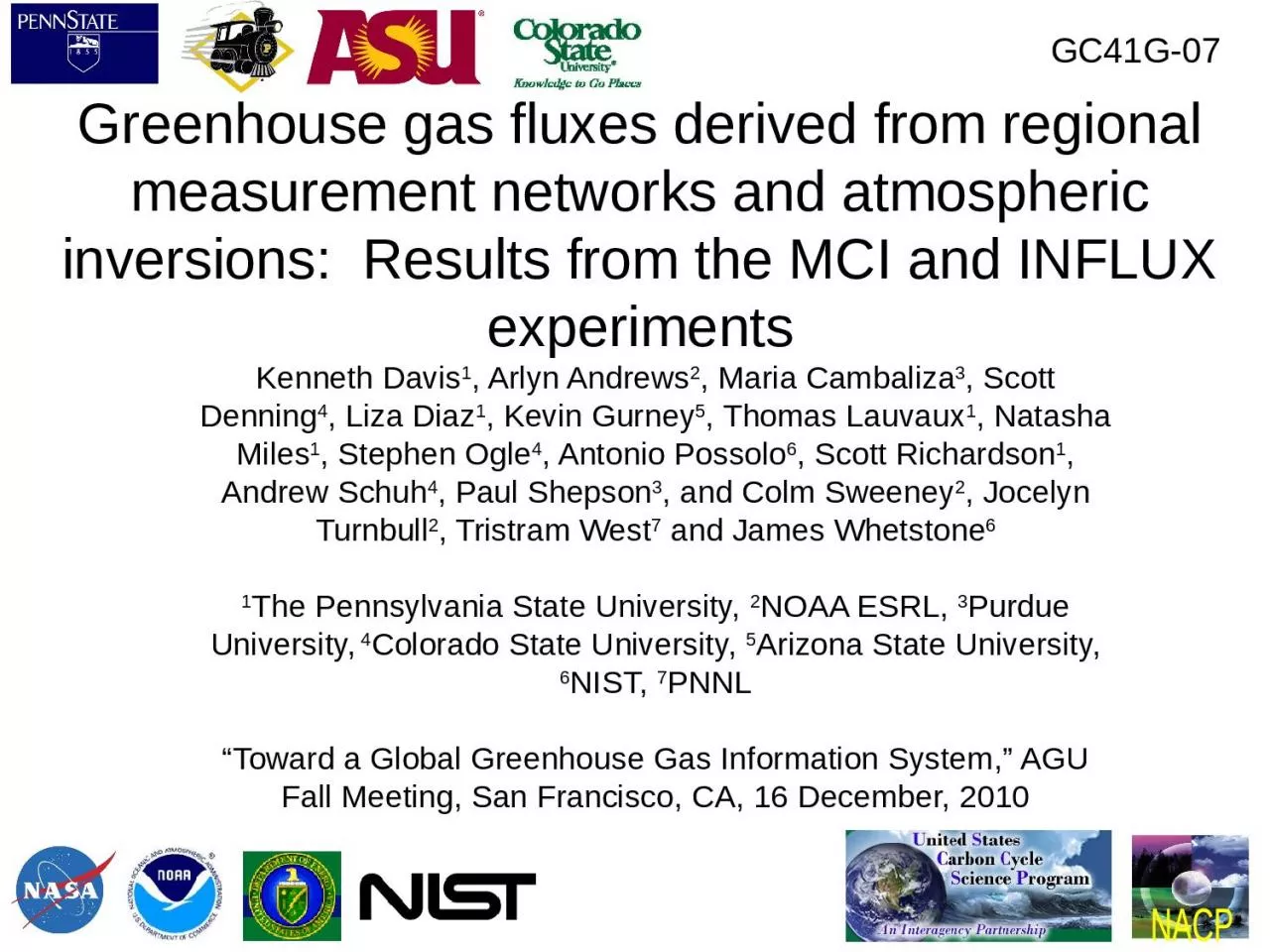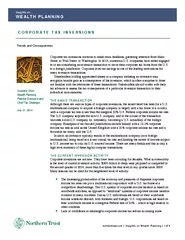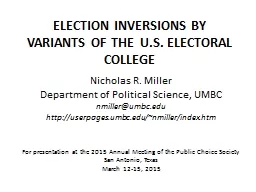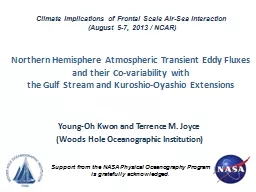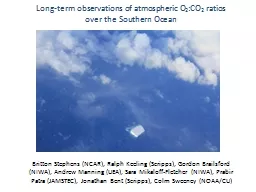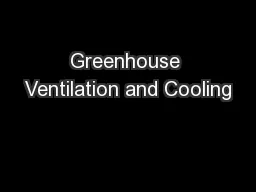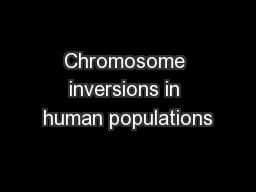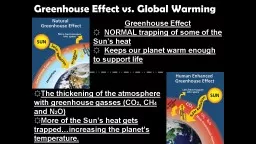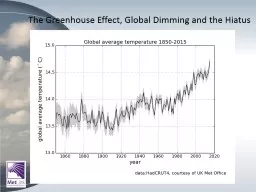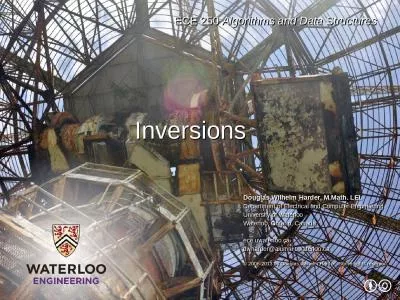PPT-Greenhouse gas fluxes derived from regional measurement networks and atmospheric inversions:
Author : KingOfTheWorld | Published Date : 2022-07-28
Kenneth Davis 1 Arlyn Andrews 2 Maria Cambaliza 3 Scott Denning 4 Liza Diaz 1 Kevin Gurney 5 Thomas Lauvaux 1 Natasha Miles 1 Stephen Ogle 4 Antonio Possolo
Presentation Embed Code
Download Presentation
Download Presentation The PPT/PDF document "Greenhouse gas fluxes derived from regio..." is the property of its rightful owner. Permission is granted to download and print the materials on this website for personal, non-commercial use only, and to display it on your personal computer provided you do not modify the materials and that you retain all copyright notices contained in the materials. By downloading content from our website, you accept the terms of this agreement.
Greenhouse gas fluxes derived from regional measurement networks and atmospheric inversions:: Transcript
Download Rules Of Document
"Greenhouse gas fluxes derived from regional measurement networks and atmospheric inversions:"The content belongs to its owner. You may download and print it for personal use, without modification, and keep all copyright notices. By downloading, you agree to these terms.
Related Documents

